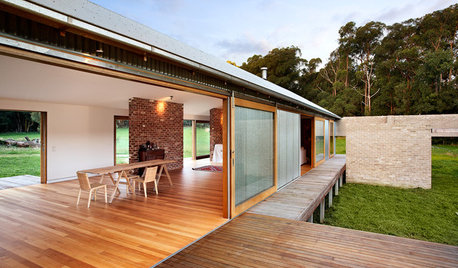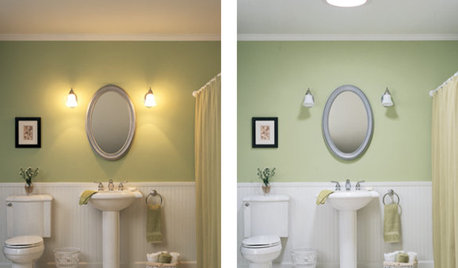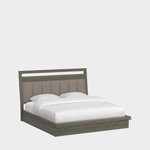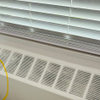Can you put mastic on the inside of ductwork?
16 years ago
Related Stories

BASEMENTSHouzz TV: Ashton Kutcher Surprises Mom With the Basement of Her Dreams
In a new Houzz original series, the actor uses the Houzz app to find a designer and shop products to turn the dark area into a bright space
Full Story
DOORSDeep Pockets: Doors with Panache
Pocket Doors Save Space and Create Elegant Transitions Inside and Out
Full Story
HEALTHY HOMEGet Cleaner Indoor Air Without Opening a Window
Mechanical ventilation can actually be better for your home than the natural kind. Find out the whys and hows here
Full Story
DECORATING GUIDESWhat You Need to Know Before Painting Brick
Sure, painted brick can be a great look. But you need to take some risks into account. Here's how to paint brick like a pro
Full Story
ARCHITECTUREHow Thermal Mass Keeps You Warm and Cool
Passive solar design makes use of this element. Here’s how it works and how you can get it in your home
Full Story
REMODELING GUIDESContractor Tips: Advice for Laundry Room Design
Thinking ahead when installing or moving a washer and dryer can prevent frustration and damage down the road
Full Story
REMODELING GUIDESDesign Workshop: Is an In-Law Unit Right for Your Property?
ADUs can alleviate suburban sprawl, add rental income for homeowners, create affordable housing and much more
Full Story
INDUSTRIAL STYLE7 Ways to Get a Cool Industrial Edge Anywhere
Whether you call an old factory or a brand-new build home, these ideas can help you forge a raw industrial vibe
Full Story
FLOORSFloors Warm Up to Radiant Heat
Toasty toes and money saved are just two benefits of radiant heat under your concrete, wood or tile floors
Full Story
REMODELING GUIDESTubular Daylighting Devices Bring In Natural Light
More advanced and less pricey than traditional skylights, TDDs are the most modern way to let the light in
Full Story






brickeyee
shadetree_programmerOriginal Author
Related Professionals
Compton Solar Energy Systems · Dana Point Solar Energy Systems · Sun Prairie Solar Energy Systems · West Jordan Solar Energy Systems · Detroit Home Automation & Home Media · Fox Chapel Home Automation & Home Media · Inglewood Home Automation & Home Media · Kansas City Home Automation & Home Media · Leesburg Home Automation & Home Media · San Marino Home Automation & Home Media · San Mateo Home Automation & Home Media · Springville Home Automation & Home Media · Thornton Home Automation & Home Media · Germantown Fireplaces · Olathe Fireplacesdon21
energy_rater_la
brickeyee